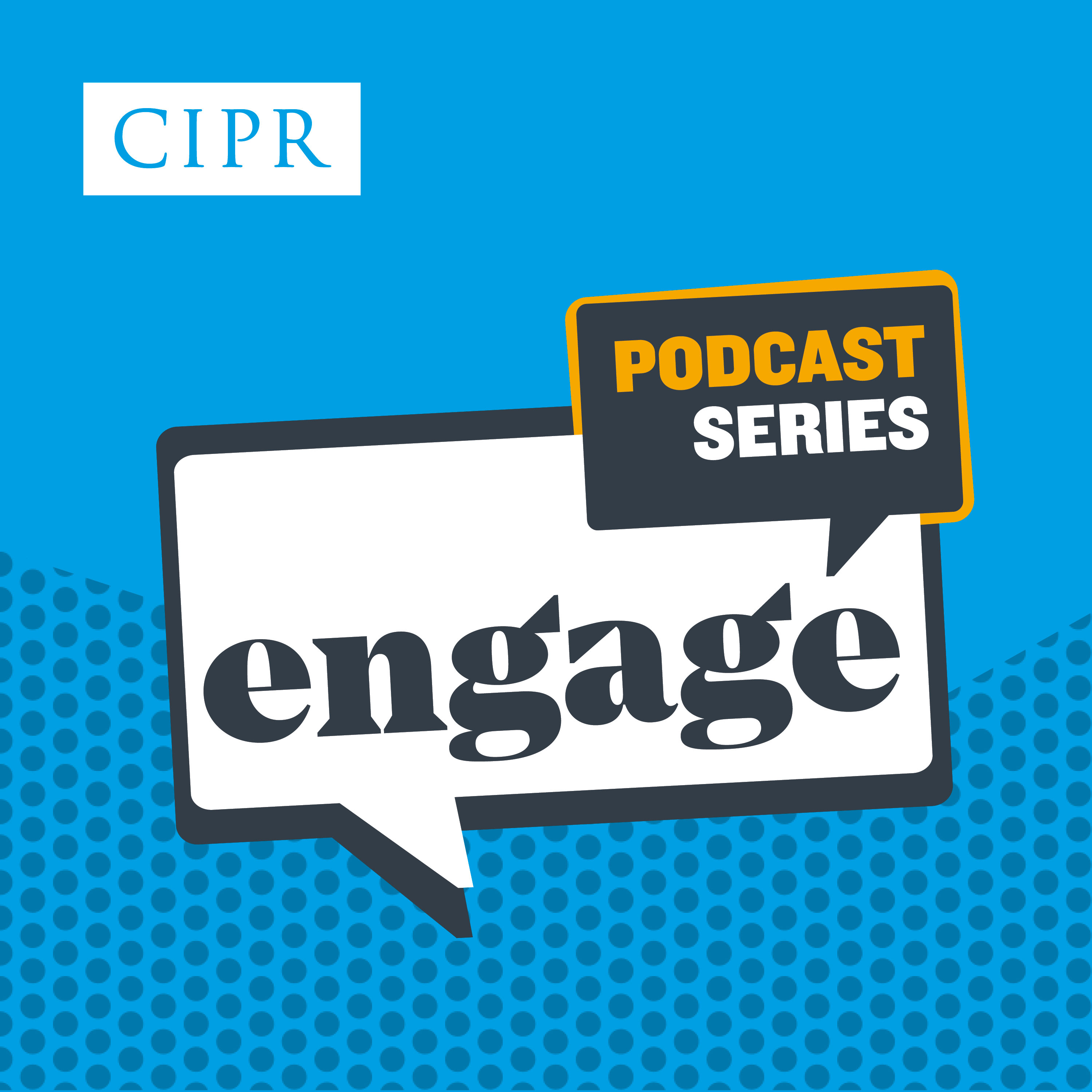
Bite Size Comms
Bite Size Comms is a weekly podcast that will give you a perspective on an aspect of public relations and communications practice. Bite size as they are short opinion pieces on topical issues. The episodes are sometimes contentious, sometimes funny, and they all aim to provoke thought.
Thanks for listening.
Bite Size Comms
Blogging vs. Thought Leadership
We look at the history of blogging and thought leadership and discuss how these two different but similar forms of communication content can be used in Public Relations.
Blogging vs. Thought Leadership
The first blog was created by a UK PR person, Rob Palmer, in 1993 as a form of personal online expression. At that time, it wasn’t called a blog. In 1997, Jorn Barger coined the term ‘weblog’ to describe these online journals. This was shortened to blog in 1999. The launch of WordPress in 2003 by Matt Mullenweg and Mike Little saw blogging grow significantly. It was even one dictionary’s word of the year in 2004! Blogging became very popular ten years ago, rising from its personal online diary origins to become a tool for personal opinion and for organisations to use for lobbying, public relations and internal communication. Twitter was initially known as a micro-blogging site. The term ‘citizen journalism’ also came about.
Thought leadership originated from sharing and promoting innovative ideas to influence public discourse, as the Lunar Society did in the 18th century. The term ‘thought leadership’ was coined by Joe Kurtzman at Strategy and Business magazine in 1994 to describe individuals or organisations that provide unique insights into their business sectors. Consulting firms, that struggle to get media attention, leveraged thought leadership as a promotional strategy. They published research papers (sometimes called white papers) and articles to showcase their expertise. Nowadays, companies see thought leadership as a means to enhance their reputation by sharing valuable insights. Individuals see it as a means to promote their personal brand. Think of TED Talks and much of what one reads on LinkedIn. Simon Sinek is an excellent case study on using thought leadership.
That’s the history of blogging and thought leadership. Why are both important in public relations? Basically, blogging is commentary from a named person, primarily written in the first person. Thought leadership is sharing ideas on behalf of the organisation, more formally written in the third person.
Blogging can add a human side to an amorphous organisation. When I worked at the Foreign Office, we started a blogging platform on the FCO website to highlight the different roles of employees working at British Embassies. One month of blogging for each of the six people at any time. It did help (and also gave the Foreign Office-hating Daily Mail some ammunition!). Regular blogging can show that individuals in an organisation have relevant views. A small charity I worked for got inordinate media enquiries because of its weekly blog. Internally within a company, blogging can explain a change in the organisation. Written by the person in charge of that change (OK, ghostwritten by the comms team!), it is more likely to be read and understood by staff than an intranet article.
Thought leadership is about sharing ideas, knowledge, and experience and emphasising authenticity and storytelling. It is a more structured form of content than blogging. For organisations like businesses that struggle to get media coverage, self-publishing thought leadership articles or posting them on LinkedIn is an effective way to enhance their reputation and build trust. Posts that share personal experiences and lessons learnt are hugely popular on LinkedIn as they resonate with audiences seeking genuine connections. For PR thought leadership, check out the posts by Stephen, Sarah Waddington, or Stuart Bruce.
One reads that blogging is dying. Don’t believe this. I have been reading posts about the death of the press release since the end of the last century! Both blogging and thought leadership have a role in communications practice. Which you choose depends on what you want to achieve.
[Image: Kaitlyn Baker on Unsplash]





